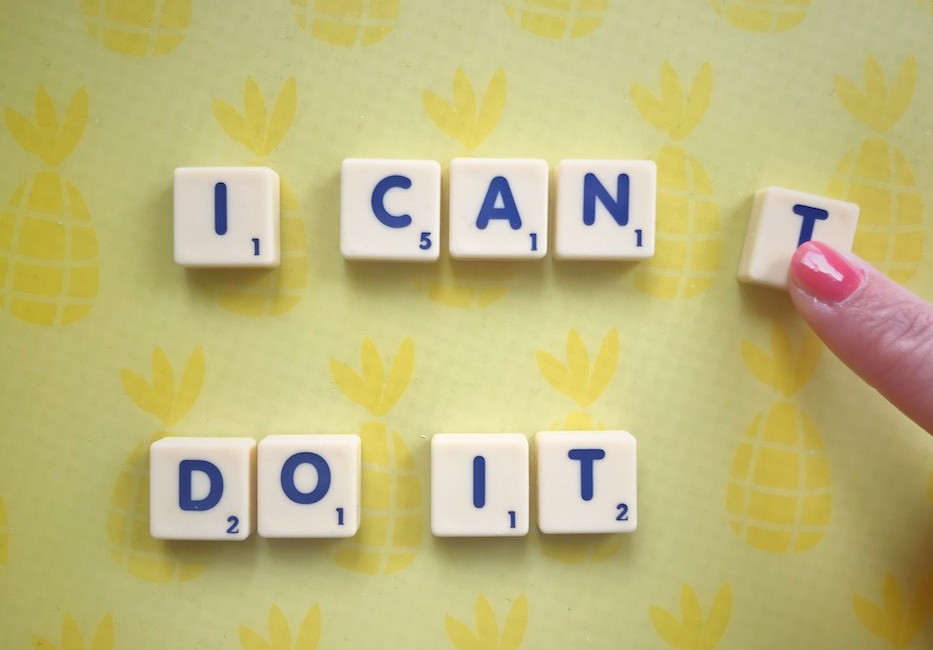One of the latest trends in education is to teach students to embrace a growth mindset. This way of thinking instills in students the belief that anything is possible if they seek out new opportunities to grow their abilities and talents. Failure is a step toward learning and ultimate success in based on effort rather than natural skill or ability.
Here are four ways that you can help your students to build a growth mindset so that they see more success in the classroom and in life.
Model Growth Mindset as an Educator
As a teacher, students are always watching and taking their cues from you. Make these opportunities count by modeling growth mindset principles in all of your actions and words. Rather than solve a math problem or answer a question at hand too easily, let the class consider it. Discuss different approaches and why some might not work before settling on an approach. Students learn other students don’t have a ready answer either and you need to solve a problem by approaching it from different angles. Success comes from working at it not a sudden genius insight.
Similarly, your own work need not be perfect but can serve as a model of behavior. For example, if you make a mistake in a lesson, rather than trying to cover up the misstep, solicit advice from your students about how to fix it. Showing that you are fallible will help your students see that it is acceptable to fail and to learn and grow from mistakes. This will give them the freedom to fail without fear in the classroom setting.
Incorporate a Curriculum That Matches the Growth Mindset Principles
Because a growth mindset as a principle of education is becoming more mainstream, many curriculum providers are incorporating the basic principles into their content. A recent Adobe Education Exchange article asked, “How can you embrace your mistakes and learn and grow?” Finding content that will help you to learn how to teach growth mindset will ensure that you incorporate this philosophy into your lessons. You can also encourage this mindset by assigning books for your students to read that include characters that are forced to overcome obstacles.
You can stress dealing with adversity in a variety of subjects. In science classes, stress how the answers to many questions evolved over many centuries. Most successful scientists worked through trial and error over many years. In English, discuss how many famous books were first rejected by publishers or the number of drafts that authors had to go through. In history, look at the many setbacks of historical figures. George Washington lost many of his battles and fought for years just to wear the British rivals down and buy time. His victories were often few and far between, but the American revolutionaries ultimately prevailed. Or the long struggle for civil rights of Martin Luther King and other activists.
Provide Positive Feedback
As a teacher, your words carry a significant amount of weight. You can support the teachings of a growth mindset philosophy by providing positive feedback to your students. Rather than providing generic feedback, choose words that encourage greater amounts of introspection on their part. This will help them to better learn from their mistakes so that they can continue to grow in their mindset. As you provide this feedback, be sure to also provide students with the opportunity for self-evaluation. Stress that mistakes are part of learning and let them see how their previous mistakes eventually give way to mastery. It sounds simple, but stress that “pencils come with erasers for a reason!” This will also help them to develop their own personal coping strategies as they work through challenging problems so that they develop into stronger students later.
Give Students Choice
You can further encourage a growth mindset by giving your students the freedom of choice. Students are more likely to immerse themselves in the learning experience if they are fully invested. This investment will happen naturally if they are in control of their learning experience. Let them choose books to read, topics to write about and experiments to perform where possible. Push them gently toward more challenging books letting them now some parts may be more difficult, but that struggling a bit is totally fine. By giving the students a wide variety of choices in their learning paths, they will feel in charge of their education. Education becomes a self-guided journey rather than chore. Do not discount the power of this ownership when it comes to helping your struggling students find strategies to harness success in all of their learning endeavors.
You will love seeing your students thrive while leaning into the principles of the growth mindset philosophy. You can do your part to encourage this positive way of thinking by employing these four proven tips.


